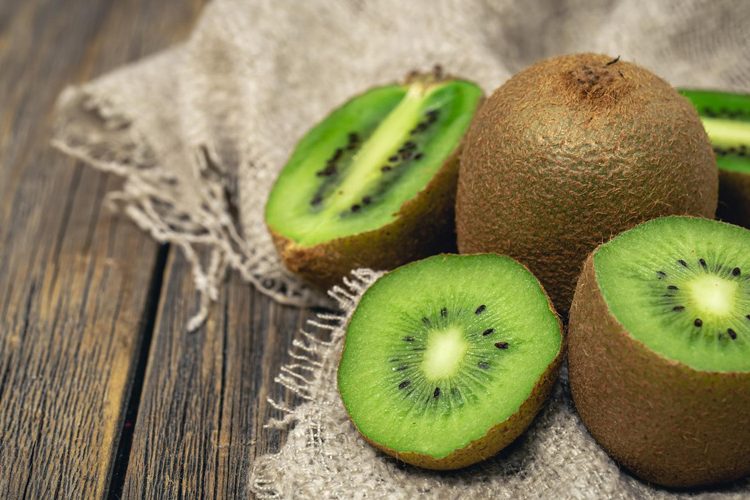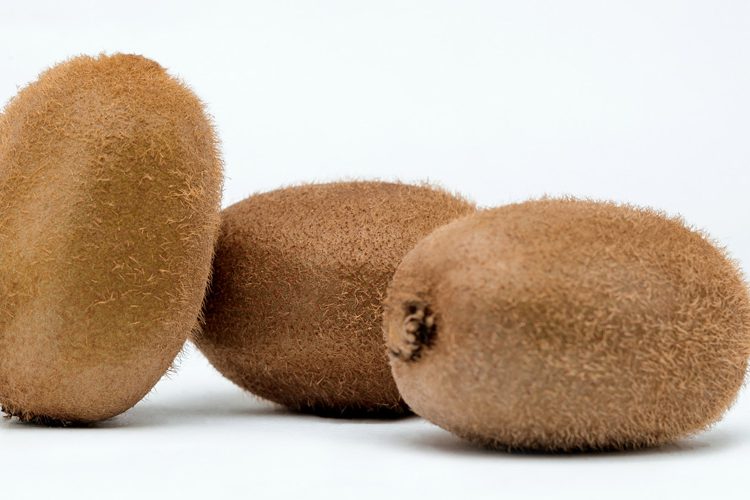Kiwi, a nutritious fruit, has been gaining popularity in Iran over the past few decades. Initially introduced in the 1970s, kiwis have become a significant agricultural product, especially in the northern regions like Gilan and Mazandaran. The climate in these areas, with its mild winters and warm summers, provides an ideal environment for kiwi cultivation.
Iranian kiwi farmers have embraced modern agricultural practices, enhancing the quality and yield of their crops. As a result, Iran is now one of the world's top producers of kiwis, exporting significant quantities to various countries. The country’s kiwis are renowned for their unique taste, juicy texture, and vibrant green color, attracting both local and international markets.

The kiwi fruit is rich in vitamin C, dietary fiber, and antioxidants, making it a favorite among health-conscious consumers. It plays a crucial role in the Iranian diet, often enjoyed fresh in fruit salads or smoothies. Additionally, Iranian cuisine incorporates kiwis in various desserts and dishes, showcasing its versatility.
Moreover, the growing interest in organic farming has led to an increase in organic kiwi production in Iran, appealing to health enthusiasts both domestically and abroad. As global demand for kiwis continues to rise, Iranian farmers are well-positioned to meet this need while promoting their delicious and nutritious fruit.
In summary, kiwis in Iran represent not just an agricultural success story but also a symbol of healthy living and sustainable farming, contributing to the country's economy and the well-being of its people.
Types of Kiwi

HaywardKiwi
HaywardKiwi, often simply called "Hayward," is one of the most popular and widely cultivated varieties of kiwifruit . Originating from...

Iranian Kiwi
Iranian kiwi, known for its unique flavor and exceptional quality, has gained recognition in the global fruit market . Iran...

